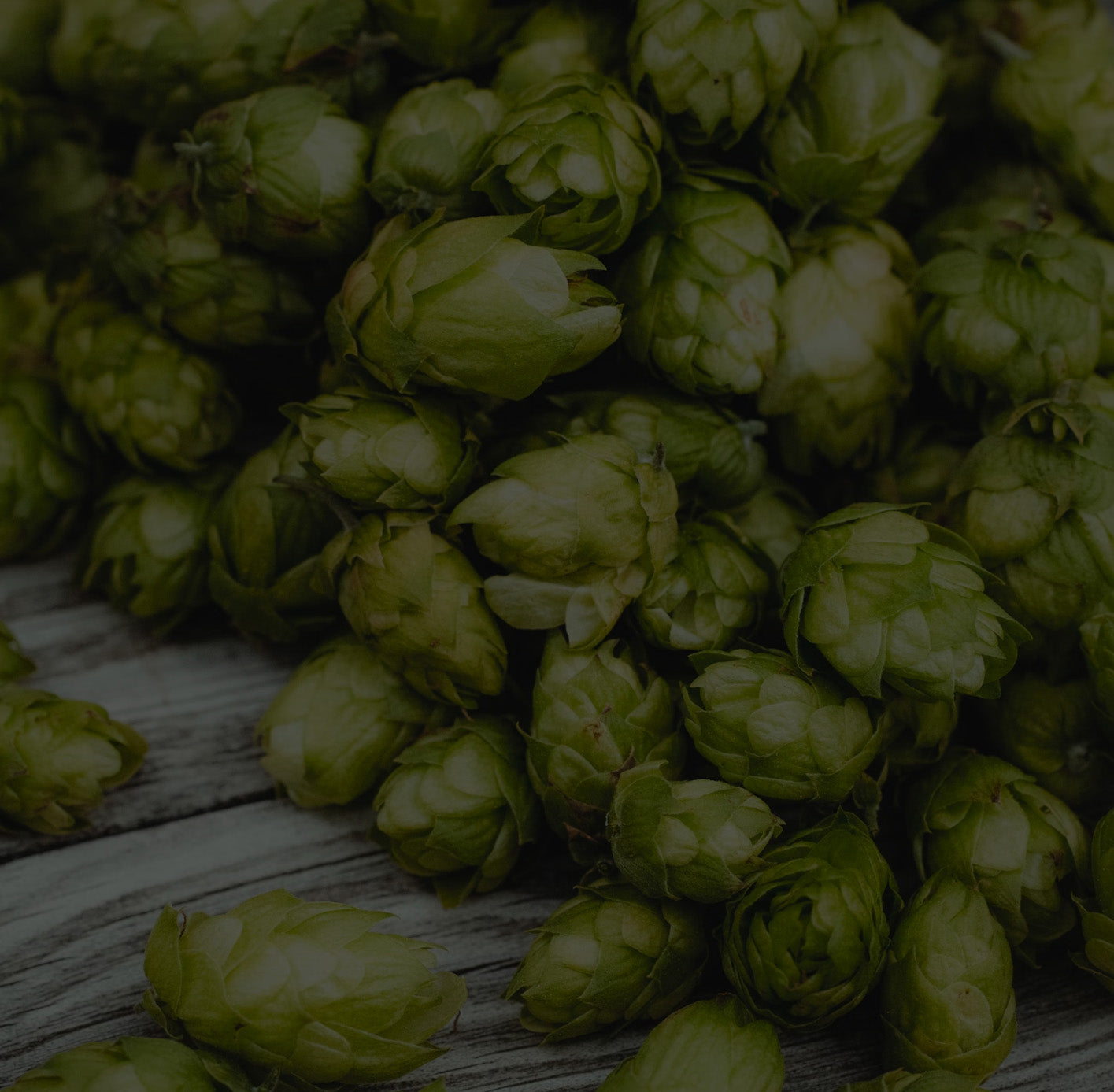After fermentation is complete, how long can you wait before distilling? Do you need to distill immediately or can you wait a few days?
Thanks,David h
How to Know when Fermentation Has Finished - Advanced (outdated)
This blog provides information for educational purposes only. Read our complete summary for more info.
22 Comments
-
DH
Comment Author: David h -
A
Comment Author: Abe jUST A FEW ANSWERS:
a THICK MASH IS PROBABLY THE RESULT OF USING A FINE FLOUR OR NOT NOT FILTERING THE GRAIN EFFICIENTLY. sUGARS IN THE WASH MAY BE CONVERTED TO ALCOHOL, BUT IT WILL BE VERY MESSY (IF NOT IMPOSSIBLE) TO DISTILL THE PORRIDGE IN THE STILL. i ALSO SUSPECT THAT A THICK CONSISTENCY INDICATES THE PRESENCE OF STARCH- YOU DO NOT WANT THAT IN THE FERMENTATION, JUST DEXTRINS AND SUGARS.
Why try to stop the fermentation? you are just losing alcohol on distillation! If you absolutely cannot wait, distill the fermentation as is. The heat will pretty quickly stop the fermentation. Some side effects may be foaming or burning on base of still- due to the presence of excess sugars not fermented.
I personally do not like solids in the fermentation (grains or fruit). If you do want this to enhance the taste, particularly in the case of fruit, rather use save some of the fruit after completing the mash to re-introduce for infusion or a second run. Grains should be discarded after no starch remains (do a iodine test on spent grains to test- please do not throw tested sample back into fermentation).
Adding twice the amount of yeast may affect the taste of a brandy/ fruit fermentation, but should not pose a problem with a sugar wash. I suggest keep the fermentation bucket still and decant after fermentation- you may have a bit more sediment (dead yest cells) after fermentation. Remember you initial innoculation of yeast multiplies exponentially in any event, so your initial dose is really just to get things moving along/ start off.
Likewise, event if you add too little yeast, once the fermentation kicks in and the yeast cells multiply, you should be fine. Remember to agitate/whisk the wash before you close the fermentation bucket, as this will give the yeast cells chance to procreate/multiply (which it does aerobically), when the bubbles start the yeast goes into its anaerobic phase where it eats the sugars it is done anaerobically, ie without oxygen, bubbling out CO2.
You may have sg of 1.000 and it’s still bubbling. You are probably doing a few things right, and the end of the fermentation is near. Most of the sugars have been consumed by the yeast!
Its is an oversimplification to say that a good fg is always 1.000. It depends on various factors, e.g. what was the initial sg, whether there are solids (etc) in the wash and whether the fermentation has stopped fermenting. Strawberries are very low in sugar, and it is for this reason probably not worth it to distill as a fruit. As in the case of kiwi, I would suggest making a sugar wash, and infusing the strawberry flavour into the alcohol afterwards.
-
S
Comment Author: SAm What’s a good FG for strawberry mash?
-
JM
Comment Author: JOHN m there are some good questions here, how can I see what the answers are to these questions.
John M -
J
Comment Author: John Read read and read stop asking questions when answers are in the book its not rocket science i get 145 proof its easy man dont make hard for yourself read every answer is in the book






Leave a comment